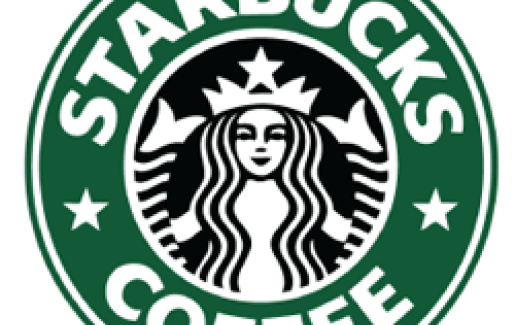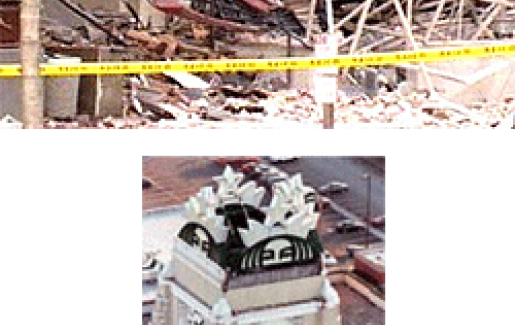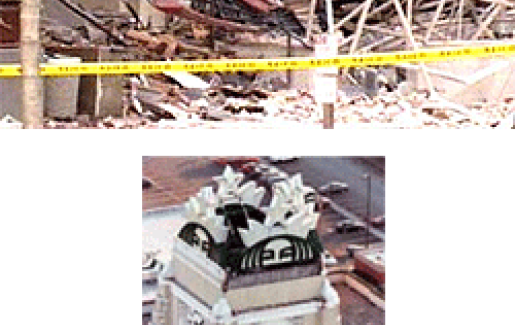Starbucks’ Corporate Headquarters Building
Earthquake rocks major coffee retailer. In 2000, Seattle, Washington was struck by a 7.3 magnitude earthquake, later named Nisqually. The seismic…
We greatly appreciate your professionalism, knowledge, and experience that have assisted us in the preparation of the claim and through our recent negotiations with the insurance carriers. It is clear to us that without your involvement we would not have received the ‘fair’ settlement that was concluded in December. The team you assembled (Jim Warren and Paul Migdal) brought extensive experience to the table during a time when it was critical. Without this experience, we would not have been able to make it through the catastrophe in the manner we did.
Description
Earthquake rocks major coffee retailer. In 2000, Seattle, Washington was struck by a 7.3 magnitude earthquake, later named Nisqually. The seismic activity severely damaged Starbucks’ 1,850,000 square-foot facility, which is a poured in place concrete structure with unreinforced masonry filler walls. It is a 1910-26 vintage building. Fortunately, about a year before the earthquake, the building was seismically retrofitted. The Greenspan Co./Adjusters International was hired by the owners of the building because their insurance carriers took the position that the buildings were old and were cracked before the earthquake.
Issues
- The carriers’ consultants took the position that most of the cracks observed occurred before the earthquake.
- The carriers’ consultants prepared a repair proposal, which was based upon installing Heli pins in the unreinforced masonry infilled walls.
- The carriers argued that although the slabs were cracked as a result of the earthquake, the cracks did not affect the performance of the slabs.
- The carriers refused to include the projected cost of repairs which were not effectuated.
Solutions Applied
- Our team of engineers prepared a dynamic analysis, and assisted in preparing a presentation to demonstrate that the Nisqually Earthquake had caused the cracks we had claimed. In order to further support our position, we specified petrographic analyses.
- Our team of engineers proved that the carriers’ repair proposal would result in additional and more severe damages to the unreinforced masonry infilled walls in the event of another 7.3 magnitude earthquake. We also demonstrated that their repair proposal did not comply with FEMA’s guidelines.
- Our team researched the legality of the insurers’ coverage position and proved to them that their position was virtually impossible to defend in a court of law; they ultimately agreed.



